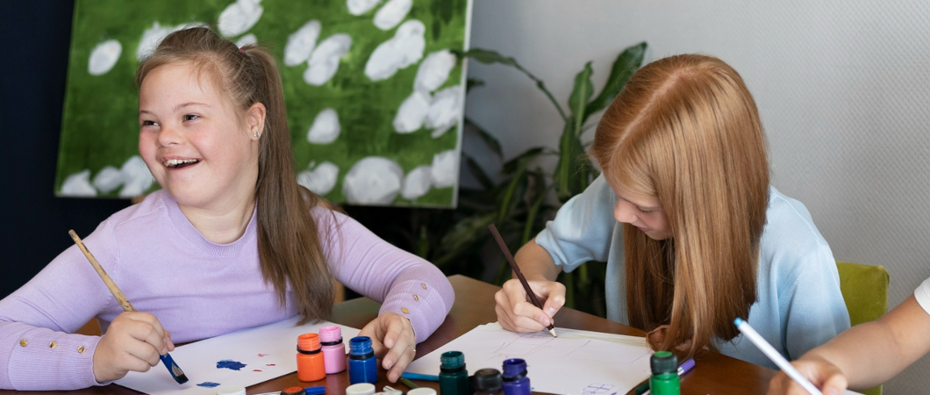
Identifying Barriers and Understanding Needs
Autism is a lifelong developmental disability which affects how people communicate and interact with the world. More than one in 100 people are on the autism spectrum and there are around 700,000 autistic adults and children in the UK.
Autism spectrum disorder (ASD) is not always easy to detect as many autistic people mask their differences, meaning it is likely that there are children and young people in a provision who are not yet diagnosed.
However, identifying and meeting the educational needs of a child and young person with autistic traits does not depend on having a formal diagnosis and school staff can address the needs of the child or young person without this, by finding out from the individual and their family exactly what their barriers to learning may be.
Social Communication and Interaction
Behaviours
Understanding an autistic child or young person’s needs takes time, empathy, and compassion. Use a person-centred approach and involve parents and carers where possible. Autism may co-occur with other difficulties including (but not limited to) epilepsy, ADHD, dyslexia, dyspraxia, and anxiety.
Children with autism have many strengths and it is important that they are recognised and celebrated for autistic people. These may present as:
- bags of energy, enjoying physical, hands-on activities
- excellent memory and recall for items that interest them
- a real persistence for things that interest them
- superb concentration and attention for things they like or have chosen
- strong visual or perception skills
- loyal to those they care about
- good awareness of time
- excellent at following rules and routines.
Girls with Autism
There is a lot of work going on in this area now as we become increasingly aware of the prevalence of autism in girls, and some of the difficulties in recognising their needs in time to avoid significant mental health difficulties at secondary age and beyond. Some useful sources of information, strategies, and approaches are listed below.
References
Glossary
Click the button below to go to the glossary page.


Autistic children and young people may have difficulties interpreting both verbal and non-verbal language like gestures or tone of voice. Some autistic people are unable to speak or have limited speech while other autistic people have exceptionally good language skills but struggle to understand sarcasm or tone of voice. Other challenges include: